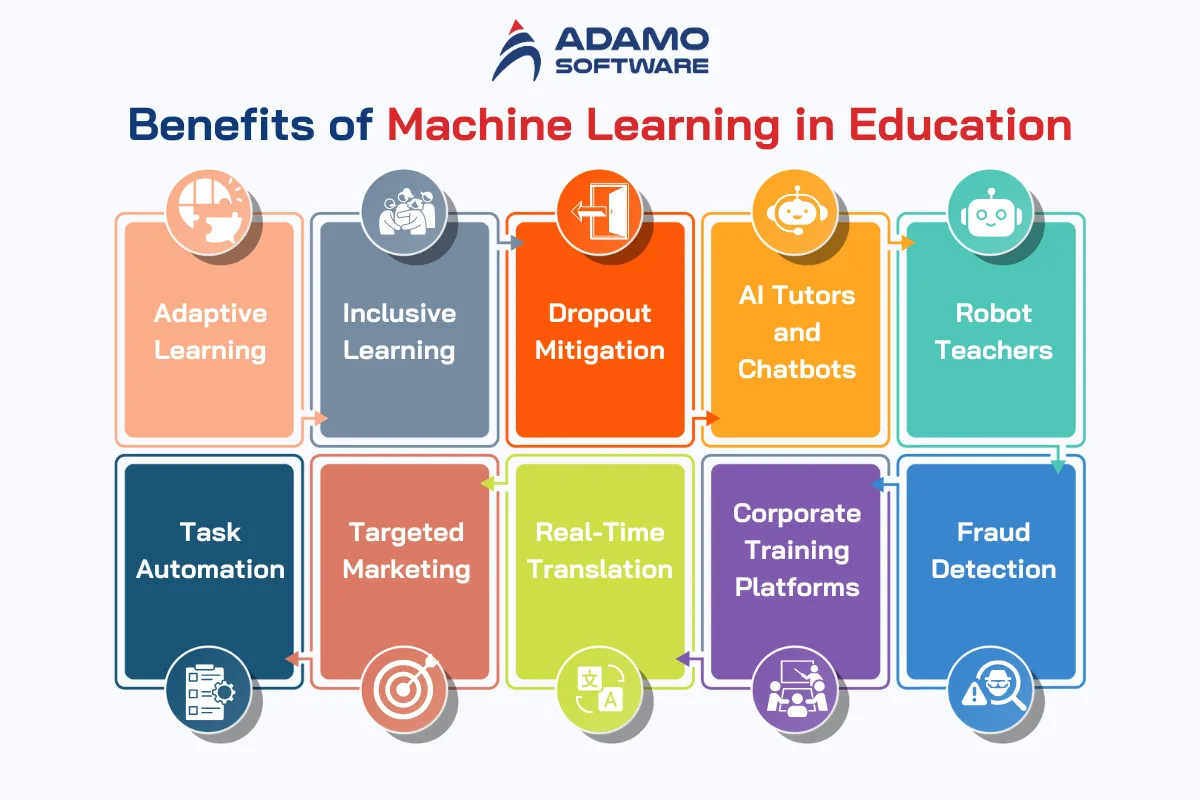7 Simple Techniques For Bioinformatics Tutor
Wiki Article
The 30-Second Trick For Bioinformatics Tutor
Table of ContentsAll about Bioinformatics TutorFacts About Bioinformatics Tutor UncoveredBioinformatics Tutor for DummiesNot known Incorrect Statements About Bioinformatics Tutor Not known Facts About Bioinformatics Tutor
Of the total individuals included in the training, 80% were students from public higher education and learning organizations, while the staying 20% originated from private institutions. To get a certificate of participation, trainees were needed to go to at the very least 90% of the overall training hours. As an outcome of this requirement, an impressive 95% of the participants efficiently acquired their certificates, having not just satisfied the minimum participation requirements yet additionally finished all assigned tasks throughout the training.Throughout the elevation of the COVID-19 pandemic, specifically between June and August 2020, the job group was entrusted with organizing specialized training in bioinformatics. This training was especially intended at trainees from the research team Core for Study in Applied Computer at the Federal College of Pará (UFRA) The adjustment to remote discovering systems due to the pandemic developed a chance to explore new mentor methodologies and digital devices that boosted both reach and efficiency.
This program was created to give an accessible yet thorough review of Artificial Intelligence strategies, specifically as used in bioinformatics (Bioinformatics Tutor). This virtual layout enabled participation from students across Brazil, numerous of whom might not have had the possibility to attend in-person sessions.
4 Simple Techniques For Bioinformatics Tutor
Roughly 50% of the overall training hours were devoted to functional activities where trainees built intelligent designs and applications in an array of scientific domain names, consisting of genes, molecular biology, and environmental data evaluation. These systems enabled students to engage in real-time data manipulation, version training, and algorithm experimentation.Sixty of them were affiliated with various higher education and learning establishments in the state of Pará, while the remaining twenty came from organizations situated in five other Brazilian states. By presenting Artificial Knowledge in a pertinent and sensible context, the initiative offered to connect the void in between concept and real-world application, supplying students with a solid structure for future research study or work in the area.
The training campaign developed component of a broader academic outreach initiative referred to as the Bioinformatics on the Roadway project. This project has, over the years, presented loads of trainees to the globe of bioinformatics and computational biology. The occasions held under this umbrella campaign have actually occurred throughout multiple areas and years, as summarized in Table 1 (Checklist of events, locations, years, and total varieties of pupils and trainers)
Numerous of these teams, initially brought with each other by their participation in training occasions, have actually since gone on to generate independent scientific research in collaboration with neighborhood academic organizations. The training not only fostered clinical thinking within the context of bioinformatics however likewise triggered joint connections that extended beyond the training environment.
Little Known Facts About Bioinformatics Tutor.
The very same group, omitting IH and RR, likewise acted as tutors for the sensible training components. Funding for the job was given via the give 88887.200562/ 2018-00 from CAPES.The Federal College of Pará's Office of Research study (PROPESP/UFPA) also supplied financial backing, specifically for the manufacturing of the last manuscript. see page The writers state no commercial or economic disputes of passion that could have influenced the study. All interpretations and opinions shared in this write-up are solely those of the writers and do not necessarily reflect those of their particular establishments, the author, editors, or reviewers included in the magazine procedure.

The Basic Principles Of Bioinformatics Tutor
From a pedagogical perspective, the mentor technique made use of in the training was intentionally interactive. Courses were conducted in a manner that encouraged pupil participation and discussion, surpassing memorizing memorization to check out exactly how concepts are developed, applied in every day life, and tested in scholastic settings. The educational philosophy focused on supporting both strong and struggling pupils, giving individualized support, and building confidence via sustained mentorship and patience.
Each group, including about 36 individuals, was sustained by 3 advisors-- the majority of whom were postdoctoral researchers with specific know-how. These coaches not just helped make the group projects however additionally facilitated their implementation, making certain that each research study inquiry was both appropriately challenging and appropriate. The objective was to give a naturally realistic context that individuals could check out with open-ended goals and accessibility to curated datasets.
For additional understandings into the method and outcomes of this project-based understanding technique, visitors are guided to S1 Text, which consists of detailed descriptions of the instructional framework, evaluation approaches, and project styles used in the training sessions.
An Unbiased View of Bioinformatics Tutor
Of the overall individuals involved in the training, 80% were Check Out Your URL students from public higher education organizations, while the continuing to be 20% came from personal institutions. To qualify for a certificate of involvement, students were needed to attend at least 90% of the total training hours. Notably, past the students that signed up in the training sessions, seven seasoned instructors got involved in delivering the courses, while 3 committed study professors coordinated the overall training process. Approximately 50% of the total training hours were dedicated to useful activities where students built intelligent models and applications in a range of clinical domain names, consisting of genetics, molecular biology, and ecological information analysis. The training not only promoted clinical thinking within the context of bioinformatics yet additionally stimulated collaborative connections that extended past the training setting.Report this wiki page